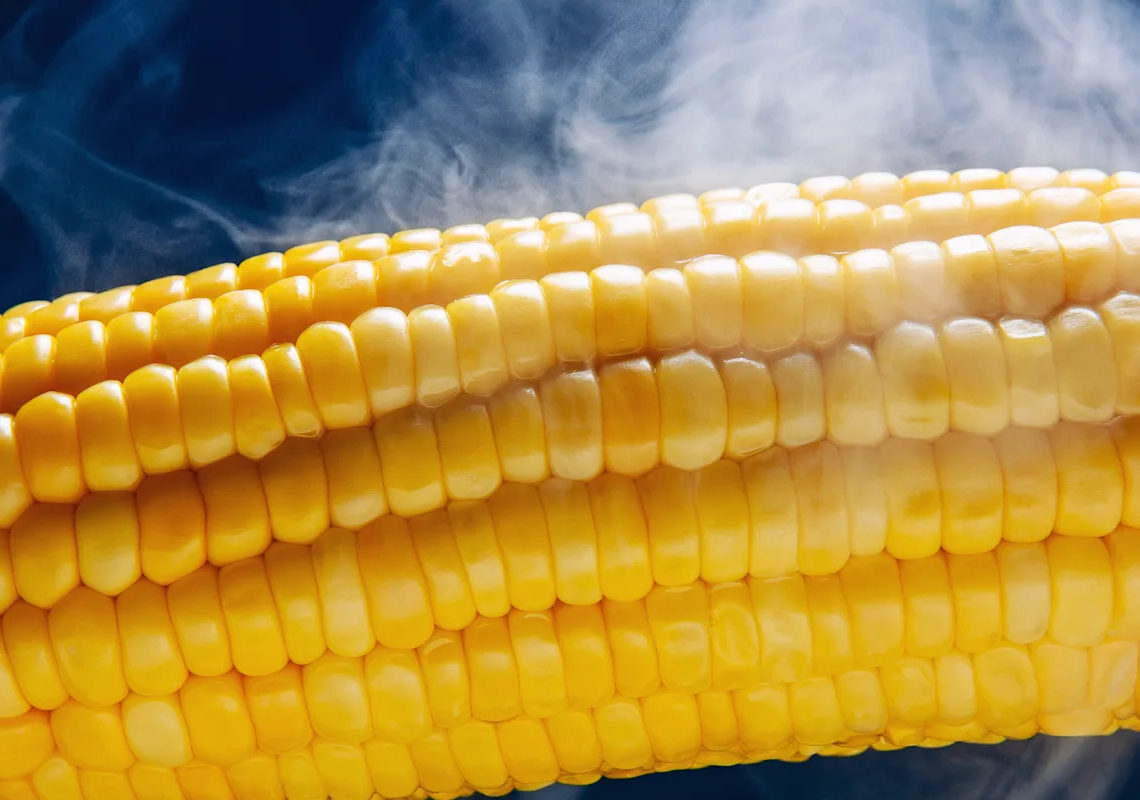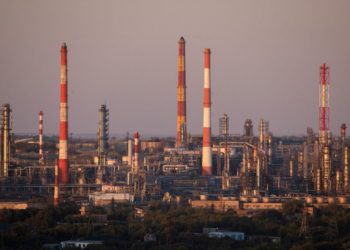Ah, yes, late July in the Midwest: a time for popsicles by the lake, a trip to the county fair, and, of course, extreme humidity made more miserable by…corn sweat.
Corn sweat. It’s a thing!
The term refers to the moisture released by fields of corn during hot and sunny weather. Like all other plants, corn transpires — meaning, it sucks up water from the ground and expels it into the air as a way to stay cool and distribute nutrients. Moisture also enters the air when water in the soil evaporates. Together with transpiration, this process is called evapotranspiration.
So, where you find loads of plants packed tightly into one place, whether the Amazon rainforest or Iowa, humidity can skyrocket during hot and especially sunny periods, making the air feel oppressive.
That’s what’s happening this week: A massive heat dome is bringing dangerously high temperatures to much of the US, including parts of the Midwest where there also happens to be vast fields of corn. Along with plenty of sunlight, that heat is enough to make corn sweat, producing extremely uncomfortable weather and, in some areas, a heat index of 110 degrees or higher.
It’s not that corn sweats more than other plants — an acre releases less moisture on average than, say, a large oak tree — but the Midwest has a lot of corn in late July. In Iowa, for example, more than two-thirds of the area is farmland, and corn is the top crop (followed by soybeans, which, by the way, also sweat).
“The combination of higher temperatures and increased humidity from corn sweat can lead to more intense heat waves, making it more challenging for people to stay cool and increasing the risk of heat-related illnesses,” Bruno Basso, a crop and agriculture scientist at Michigan State University, told me last summer.
Sweating corn is a totally natural process; it’s not like it harms the crop. But when it causes humidity to spike, loads of evapotranspiration can be dangerous for those who work outside, vulnerable groups like the elderly or pregnant, and those who can’t afford air conditioning.
Is corn sweat a growing concern?
One confusing thing to keep in mind is that evapotranspiration tends to cool the surrounding air, Basso said, because the process absorbs heat. This is one reason why a forest or prairie typically feels cooler than a parking lot on a hot day.
Yet during extreme heat waves, which are becoming more common as companies spew carbon dioxide into the air, “the dynamics change,” Basso said.
“Despite the cooling effect of evapotranspiration, the heightened humidity can offset it, making heat waves feel even more intense,” Basso told me. It also prevents temperatures from cooling off at night, he added, when you might normally feel relief.
In one 2020 study, researchers from the Harvard-Smithsonian Center for Astrophysics analyzed a past summer heat wave in the Midwest and found that cropland — most of which comprised corn in this part of the country — can increase moisture in the air above it by up to 40 percent.
Again, it’s not just crops across the Midwest that release moisture, increase humidity, and make summers feel disgusting (I know firsthand; I grew up in Iowa). The millions of acres of prairie that industrial farmland replaced — mostly to feed livestock and make ethanol — would have also produced loads of moisture, Basso said.
But there are some key differences between native ecosystems and industrial farmland, he added. “Native prairies are diverse ecosystems with a variety of plant species, each with different root depths and water needs, helping to create a balanced moisture cycle,” he told me. “In contrast, corn and soy monocultures are uniform and can draw water from the soil more quickly.”
Densely planted rows of corn drain water from the soil, which can deepen droughts, he said. Droughts are becoming more extreme in some parts of the US, though this is less of a concern in the Midwest, which is projected to get wetter in the coming decades.
When you put all of this together, you have giant fields of corn grown to feed cows that make the Midwest more humid during heat waves and worsen other climate extremes.
Basically, corn sweat is just as disgusting as it sounds.
Update, July 23, 2025, 4:50 pm ET: This story was originally published on August 29, 2024, and has been updated with information about the 2025 summer heat wave in the Midwest.
The post What the heck is “corn sweat” and is it making the Midwest more dangerous? appeared first on Vox.



